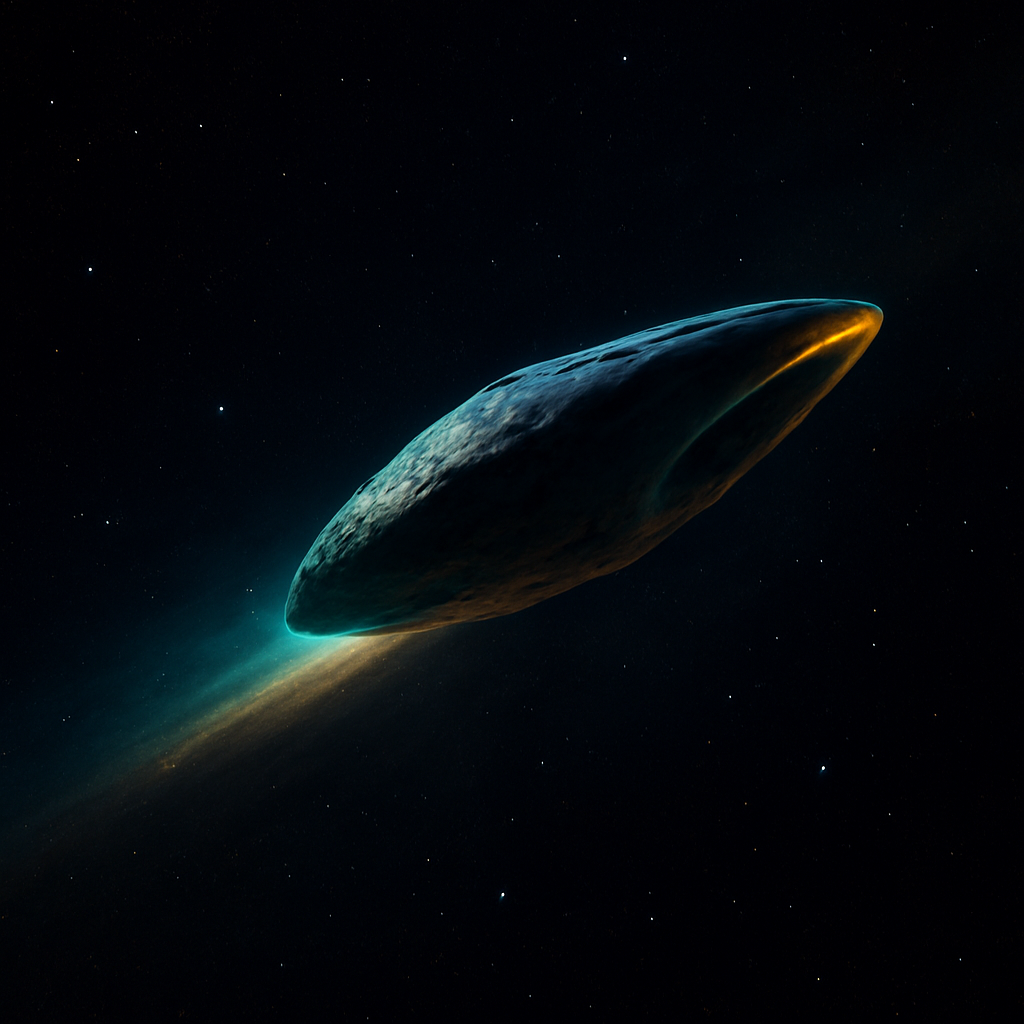
In a universe full of things hurtling aimlessly through space, most of them have the decency to stick to their own star system. Not so for 3I/ATLAS, a shiny new cosmic interloper currently screaming through our Solar System at about 130,000 miles per hour. That is fast enough to get from London to Sydney in under two minutes, although you would still have to deal with Heathrow security.
It is only the third confirmed interstellar object ever spotted. The first, ‘Oumuamua, appeared in 2017 and immediately split opinion between those calling it “a weird rock” and those leaning toward “alien probe.” Then came 2I/Borisov in 2019, which looked like a more traditional comet and, disappointingly, did not phone home. Now we have ATLAS, named after the Hawaiian telescope that first spotted it, and once again the scientific community is politely arguing over what exactly just arrived in our cosmic backyard.
The Trouble with ATLAS
From the start, ATLAS has been awkward. It has the fuzzy halo of a comet, known as the coma, but its brightness is unusual and its speed is extreme even for a fly-by visitor. Its path is hyperbolic, which is a fancy way of saying it is just passing through and has no intention of returning. Think gap-year backpacker, but with less Instagram.
And then there is the Avi Loeb factor. The Harvard astronomer, who made headlines by suggesting ‘Oumuamua could be alien tech, is hinting ATLAS might also have “non-natural” origins. Translation: yes, it could be another rock. It could also be a message in a bottle. Or the bottle itself.
NASA’s Dilemma: To Chase or Not to Chase
Some scientists, and even members of Congress, have urged NASA to send a spacecraft to intercept ATLAS. The idea is to grab a closer look before it is gone forever. This would mean redirecting a spacecraft already on another mission, calculating a new and complex flight path, and hoping that ATLAS is not simply space dust with a flair for drama.
Time is short. Once ATLAS swings past, it will vanish into the dark for good. We will have plenty of time to regret not taking a closer look, assuming it does not send us a postcard from its next stop.
Why It Matters (Even If It Is “Just” a Rock)
Interstellar objects carry the chemical fingerprints of other star systems. They are messengers from worlds we have never seen. Studying one up close could reveal how planetary systems form, what is drifting between the stars, and whether there is anything out there with better recycling habits than us.
And If It Is Not a Rock…
If ATLAS turned out to be something engineered, a probe, a beacon, or a relic drifting between suns, the implications would be staggering. Not just in the “aliens exist” sense, but in what it would reveal about survival, travel, and communication on a cosmic scale.
The unsettling possibility is that it might not be here for us at all. It could be a leftover, a failed delivery, or a tool built for a purpose long forgotten by its creators. We would just be the nosy neighbour peering over the fence at something we barely understand.
So perhaps ATLAS is just another frozen wanderer in a universe full of them. Or perhaps it will be the thing that forces us to rethink our place in the cosmos. Either way, you might find yourself watching the night sky a little differently.